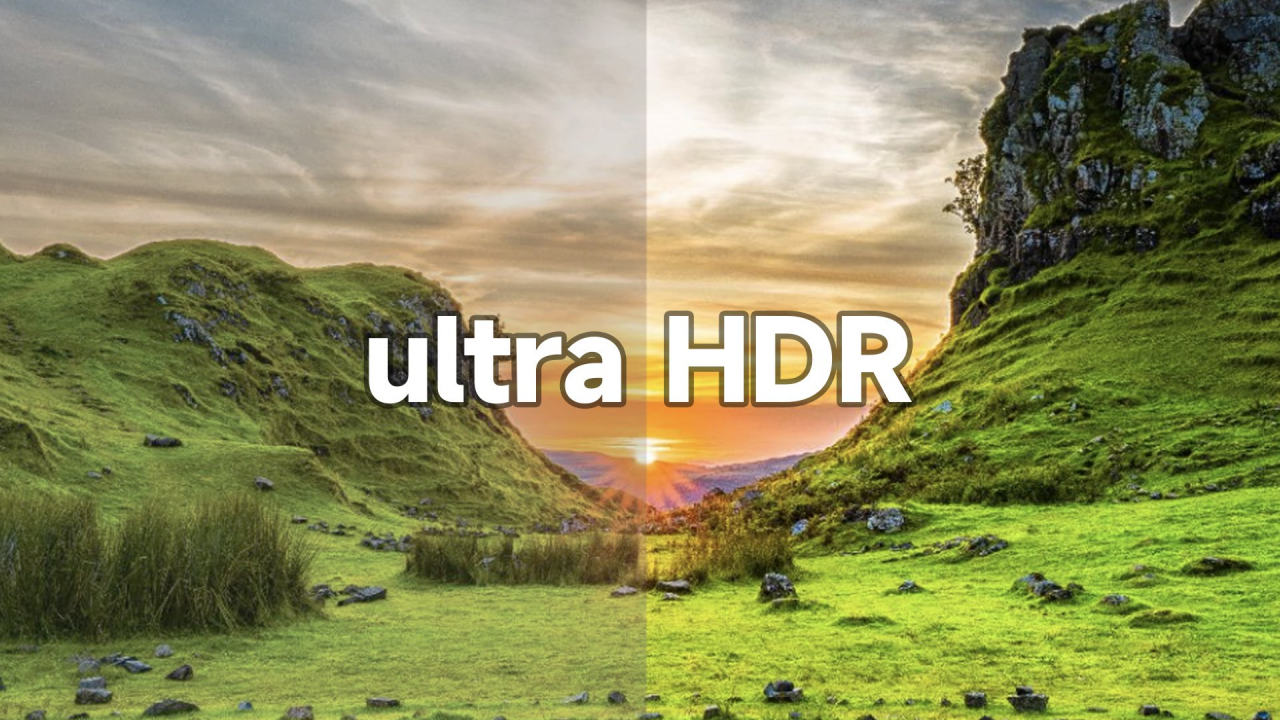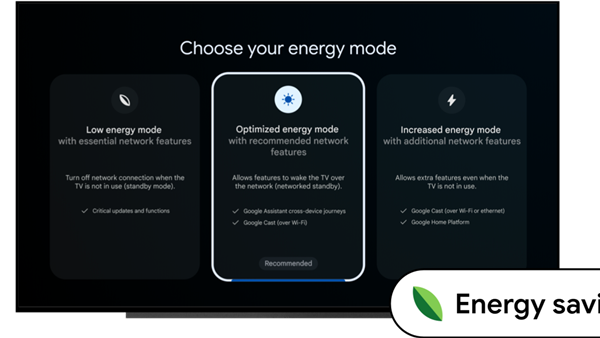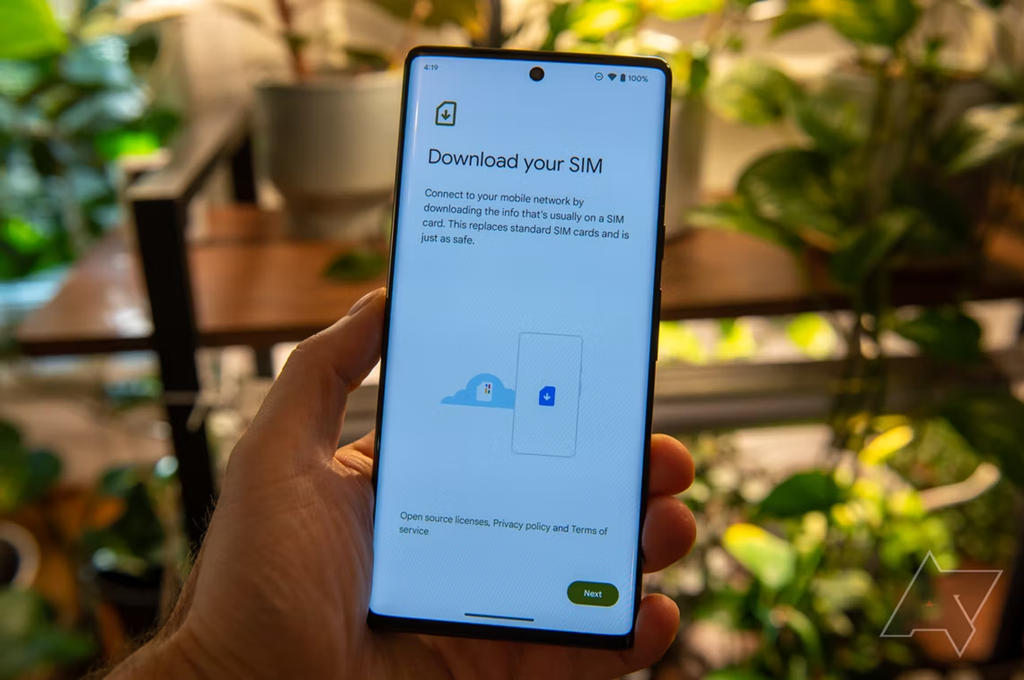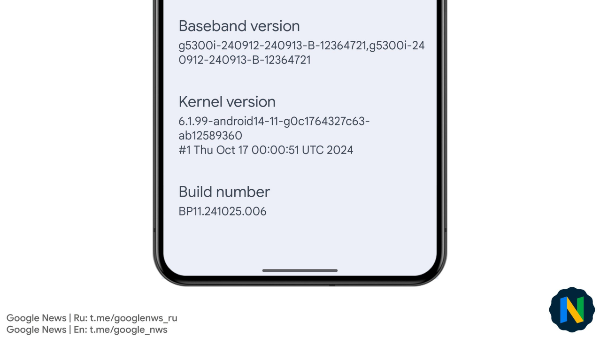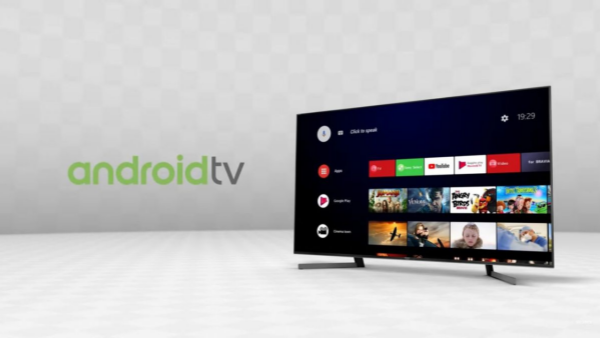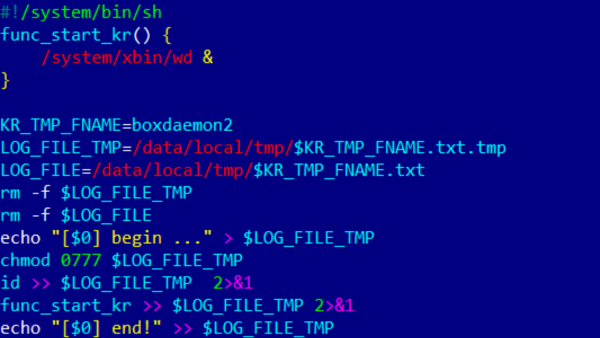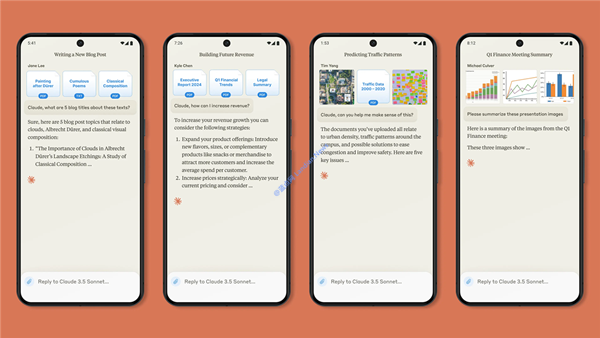Google Mandates Android Devices with Performance Level 15 to Support Ultra HDR
Originally introduced in Android 14, Ultra HDR support is designed to embed HDR image data into JPEG images, enabling Android devices with HDR displays to showcase images in high dynamic range.
If an Android device's display does not support HDR, the images will be shown in the lower-quality SDR JPEG format. However, Ultra HDR captured images can still be better displayed on other HDR monitors.
Currently, only a few flagship Android devices support Ultra HDR shooting, but Google hopes to extend this feature to more devices by elevating the mandatory requirements within the declared performance levels this year.
According to a report by Android Authority, with the rollout of Android 15, Google is modifying its Compatibility Definition Document (CDD), which is a benchmark for devices to be compatible with the Android system.
The Android 15 CDD includes specific performance level requirements that Original Equipment Manufacturers (OEMs) must meet to access Google Mobile Services (GMS), forming the basis for Google certification.
The declared performance level is a method used by Google to categorize device standards. With the recent update, devices that declare support for performance level 15 must support Ultra HDR, or they will be downgraded.
These requirements are not yet finalized. According to the Android 15 CDD, devices that declare support for performance level 15 must support JPEG_R and the default JPEG_R output.
JPEG_R refers to the JPEG format with a recovery image (where the recovery image serves as a downgrade to SDR output on displays not compatible with HDR), with the "R" denoting the HDR enhancement map embedded in the JPEG picture.
Google specifies that devices aiming to declare a performance level of 15 must support JPEG_R output from both the primary rear and front cameras, and must set the default output format to JPEG_R in the native camera app.
It's important to highlight that not only devices supporting Ultra HDR can be upgraded or equipped with Android 15, but the requirement applies specifically if an OEM wants to declare their device's performance level as 15.
Therefore, it is foreseeable that this year's Android flagship devices will likely all support Ultra HDR, as it also serves as a competitive differentiator for OEMs, attracting more users to purchase high-end Android devices.
